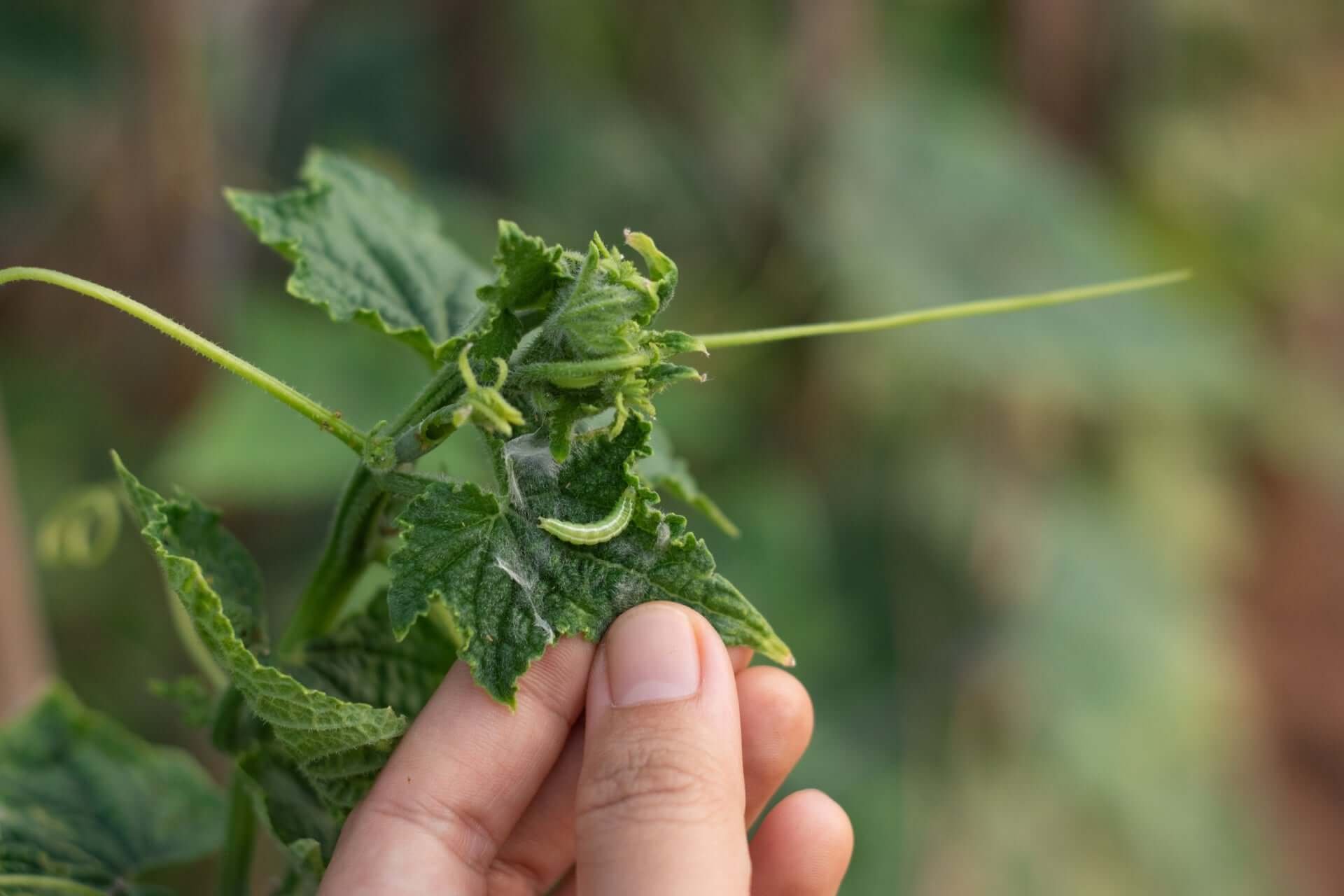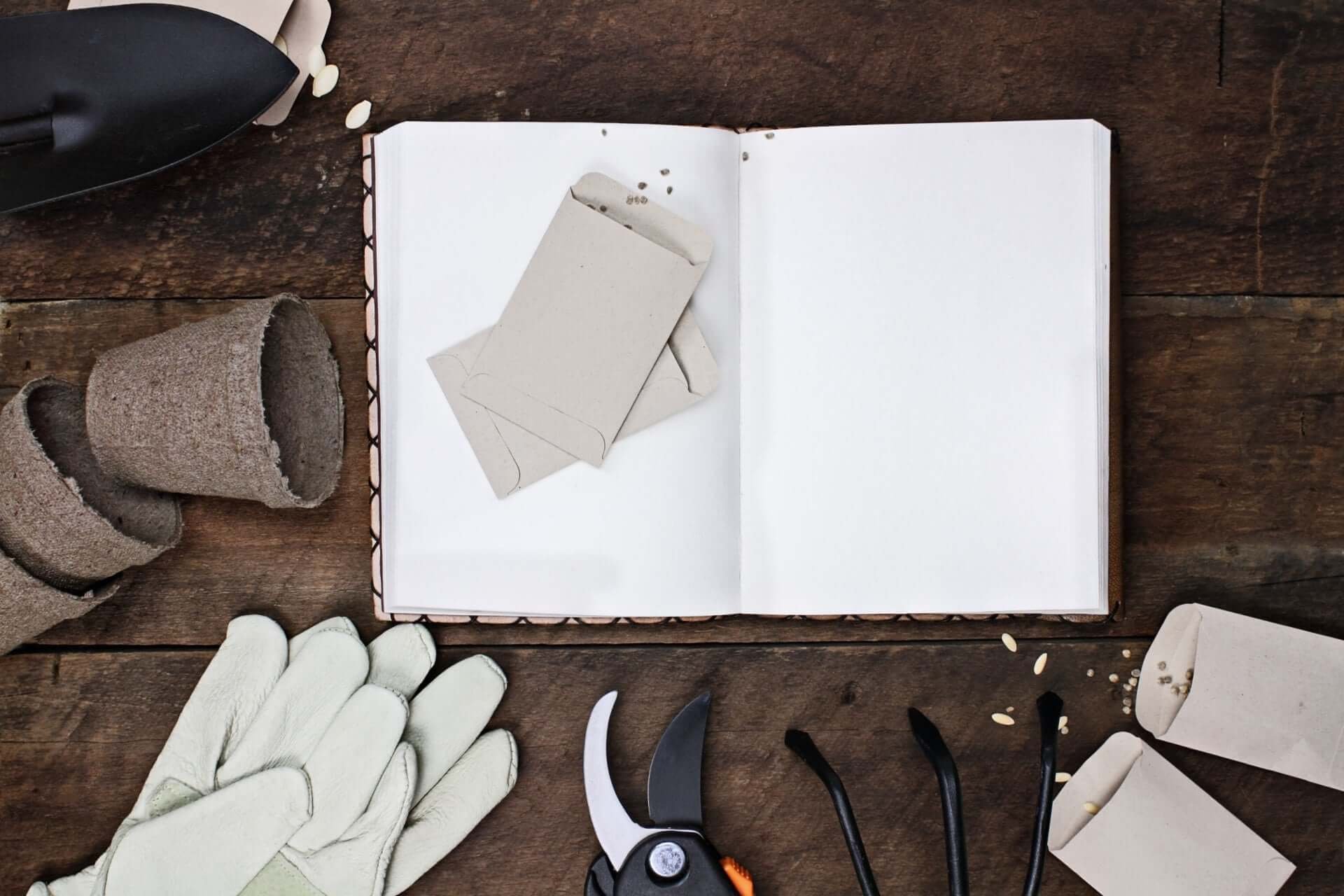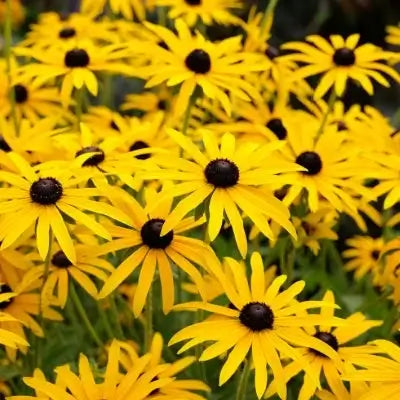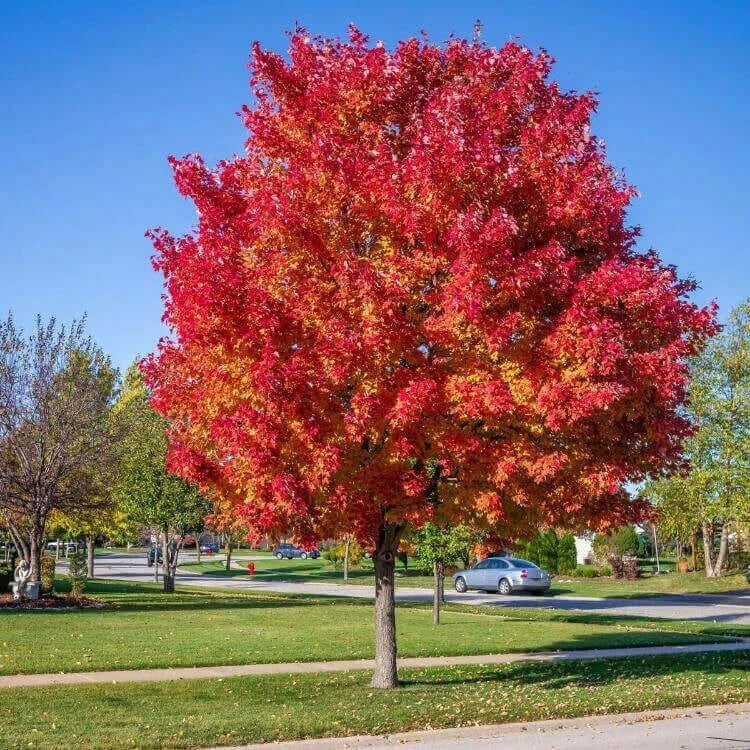Doing A Spring Landscape Check-Up
After the winter, your landscape needs a check-up to make sure it grows well during spring and summer. You want to head off problems like diseases and pests. Here are some suggestions to make your landscape thrive.
Do An Irrigation Audit
As you switch your irrigation to its spring settings, take advantage of the opportunity to do an irrigation audit. Make sure all the sprinkler heads will pop up and replace broken ones. Check to see that you are watering plants, not pavement. Check the wiring and controller for winter damage and repair as necessary.
Install A Rain Sensor
Spring typically brings rains to the landscape. Irrigating during a rainstorm wastes water and is expensive. Install a rain sensor that will keep the irrigation turned off if it is raining. The savings you achieve will quickly pay for the rain sensor.
Adjust Irrigation Timer
Adjust your irrigation timer to water between 5 a.m. and 10 a.m. Your plants will have time to dry by nightfall, which will reduce disease problems. If your irrigation system is a few years old, now is a great time to install a smart controller you can adjust from your smart phone. You can control your irrigation system without having to mess with valve boxes and old timers.
Clean Up Perennial Beds
When the temperature reaches 50 degrees in your area, remove spent vegetation and leaves from your perennial beds. Some beneficial insects overwinter in stems and leaf litter, so waiting until it warms up gives them time to come out of dormancy and protect your plants from pests. Removing the cover after the temperature warms will make the landscape beds look better.
Spread Compost
Compost your plants and leaves that are disease free. Spreading an inch of compost in your landscape beds will give them a slow-release source of nitrogen. Put it over the existing mulch, then put new mulch over it. You can even put an inch of compost on your lawn. Use a leaf rake to rake the compost through the grass so it falls to the earth.
Refresh Garden Borders
While you are working in your landscape beds, make sure any edging is where it belongs and is in good shape. Cut the sod back and edge it so the borders of the beds are sharp. This makes the landscape beds look much neater.
Divide And Transplant Fall Blooming Perennials
While fall blooming perennials are just peeking out of the ground, dig them up and divide them. The fresh vegetation makes the plants easy to find but isn’t as difficult to manage as it will be later in the season. Be very gentle when handling the plants so you do not damage the young vegetation. It is very tender at this stage.
Fertilize If Needed
Most plants benefit from a fertilizer that is at least 50% slow release. This burst of nutrients helps plants grow the balance of the year. If you have had a soil test in the last two to three years, follow those recommendations. If not, now is a good time to get one. In the absence of a soil test, use a fertilizer and follow the directions. It is worth getting a new bag of fertilizer, so it is fresh and potent. Last year’s fertilizer may have gone sour or even ruined over the winter.
Plant Cool Season Annuals
This is a great time to plant cold-season annuals. Pansies and other cool-season annuals will add some color to your landscape while the perennials are putting on foliage.
Pre-emergent Weed Killer
Spring is a great time to apply pre-emergent weed killer to your landscape beds. Wait until the temperature is reliably over 55 degrees to do so, but don’t wait too long, Once the weeds have broken through the surface of the soil, pre-emergent won’t control them.
Mulch
As a final step to make your landscape beds look sharp, add mulch. Go for a three-inch layer of mulch over the bare earth. Most mulches decompose an inch a year, so add an inch of mulch to existing mulch. Make sure you keep the mulch from touching the plant stems or the moisture will cause rot. Keep the mulch three inches away from trees and shrubs and one inch away from other plants.
Prune Most Shrubs and Trees
Most shrubs and trees should be pruned when dormant. Prune them when perennials are starting to emerge but before leaves and buds open on the trees. Remove broken and diseased limbs, any limbs that cross another limb, and prune for shape if needed. Mature trees and shrubs should be pruned lightly. Never remove more than 1/3rd of the plant when pruning.
Remove Winter Protection
Young trees, especially fruit trees like peaches and plums, are vulnerable to sunscald in the winter. Their trunks are usually wrapped to prevent the problem. Now is the time to remove the wrap so the trees can grow. Leaving it on will eventually girdle and kill the tree.
Remove Stakes Around Trees
If you staked any trees you planted in the fall, you should remove the stakes now. The areas where the anchors are around the tree will chafe and rub a bad spot on the bark. In extreme cases, they can girdle and kill your tree. Research has shown that most trees can stand without stakes at this point.
Evaluate The Landscape
As trees, shrubs, and perennials begin growing, check each plant to make sure it has come through the winter. Give trees and shrubs a summer’s grace if they are not leafing out. If there is still no new vegetation in the fall, remove and replace them. Perennials should be leafing out and show new growth.
Replace Winter Killed Plants
If you identified any plants last fall that did not make it through the summer, they should be replaced now. Any perennials that are not growing new foliage and appear dead can be replaced, too. Spring is an excellent time to plant the replacement plants. You can also remove and replace any plants that you dislike. Sometimes, a plant doesn’t look the way we thought it would and disappoints us. Don’t be afraid to remove it.
Plant Native Plants
When replacing plants in your landscape, use plants native to your area. They need less supplemental water because they are adapted to the area’s rainfall. Most are resistant to local pests and diseases. We carry many plants native to North America, like butterfly weed, purple coneflower, and cardinal flower. Our staff can help you find a native plant for any space in your landscape. Native plants also attract more pollinators, birds, and other wildlife than nonnative ornamental plants.
Get Your Plants Here
Now is a great time to order your new plants from TN Nursery. We ship in the spring so you can plant your bare root plants immediately. Give us a call at 931.692.7325 to order.











































































































